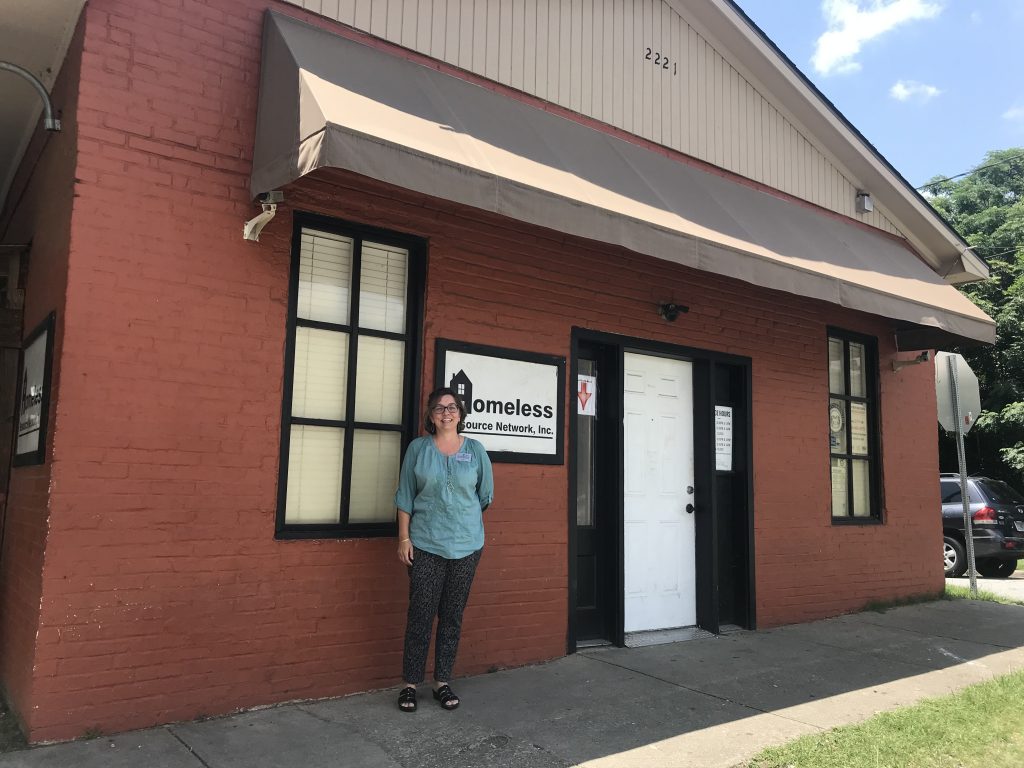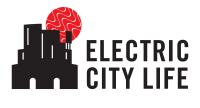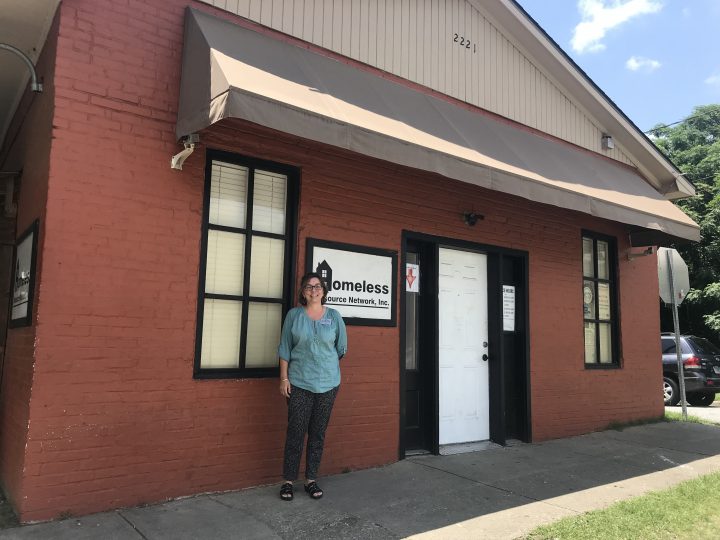
Executive Director, Homeless Resource Network Center, Inc.
Is the homeless population of Columbus swept under the rug?
“I don’t think it’s visible for many people. I don’t think many people feel there’s much homelessness in the community. But we do.
Poverty is the best indicator of homelessness and we have growing poverty here—so we’ll probably continue to have a growing homeless population.
Here, it’s not in your face so much. You don’t often see the typical stereotype of someone pushing around a shopping cart that you’ll see often in large cities. A lot of the people who stay outdoors in our community stay by themselves and stay where people won’t know where they are. They don’t want to be noticed because maybe they just walked through your living room with family and friends. Or because they don’t want to be a victim.”
What are those typical stereotypes?
“Outsiders will say that the homeless want to stay outdoors. That has not been my experience.
There are often a lot of barriers for someone to get housed and, if they’ve been outdoors for any length of time, it’s even more difficult. Sometimes, there are programs that will house them somewhere in the community they don’t know. Which means they don’t have any support—that network of communication to ask, ‘Where do I go?’ How do I get to the laundry?’
I think everyone wants a better life. But I do think sometimes people get used to [being homeless]. Because where else are they going to go? What other options are there in the community? Because there’s not always one. We have a very limited family shelter. We don’t have places for people to go who are exhibiting strong mental-health issues.”
What services does the Homeless Resource Network Center provide?
“We do a ton of basic informational referral—this is how you navigate the system. This is what is available to you. This is how to apply for food stamps. This is how to connect with the Veterans Administration [VA].

So we’re making sure the information gets out there. The whole prospect of being homeless, or helping someone who is homeless, is overwhelming. You have to know the resources. What are the steps. How do you connect people?
We have a place where people can get their mail, which is important because that’s how you connect with everything. A place for them to store their personal belongings. We help them get ID. Help them ride public transit, using Metra to get around town. Help people obtain housing and help them maintain housing.
Sometimes, they’ll come in and say, ‘My sister is having a hard time. Will you talk to her? And we’ll connect her with counseling services.
Haircuts. We have a partner that comes in all the time to provide free haircuts.
We have a lot of partners that make all this work so much easier.”
How did the documentary film Project Home: Shifting Faces, which follows around five homeless citizens of Columbus, come about?
“We wrote a grant to the Click & Pledge Foundation and they said, ‘Hey, we want to come do a story.’
We introduced their staff to as many people as we could. And they took off from there. Frankly, it was a very nervous process because you never know how that will turn out. But we just had to relax and hope that they portray people well.
I thought they did an amazing job of letting people tell their story.”

An abandoned house on 1st Ave. sits between the
Riverwalk and the Homeless Network Resource Center.
Something you said after the film’s screening at the Columbus Public Library last week struck me: There’s not a simple solution to homelessness but there is a single solution—housing.
“Yep. Housing is the solution. Sometimes it smacks in the face that it’s so logical: ‘What is the solution to homelessness?’ Well, it’s housing.
People point to the homeless and think it’s because someone has mental-health issues. Or substance abuse. Or low job skills. Well, there are those scenarios all across society but those are where people are in houses. That’s the difference. They’re housed. You see it when they’re not housed.
Throughout the nation, there is a real struggle to obtain affordable housing. We have far more people who need affordable housing than what is available. It’s hard. That’s the big challenge: How do we get people housed?”
How can that challenge be met in Columbus?
“I think maybe working with developers, working with the city, and say, ‘Hey, what can be done in terms of zoning, in terms of tax, to make housing more feasible and more affordable?’
A lot of times, housing is about making a profit. There has to be a national push to have more affordable housing to make it happen. A lot of states are moving to having housing trust funds to help make that happen.
It’s not just here; it’s everywhere. The group Out of Reach does a study every year that breaks down how much people have to make to afford market-value housing in a community with figures broken down by county. That lets people realize, ‘Oh wow, it’s not my imagination that I’m struggling to get the rent paid?’”
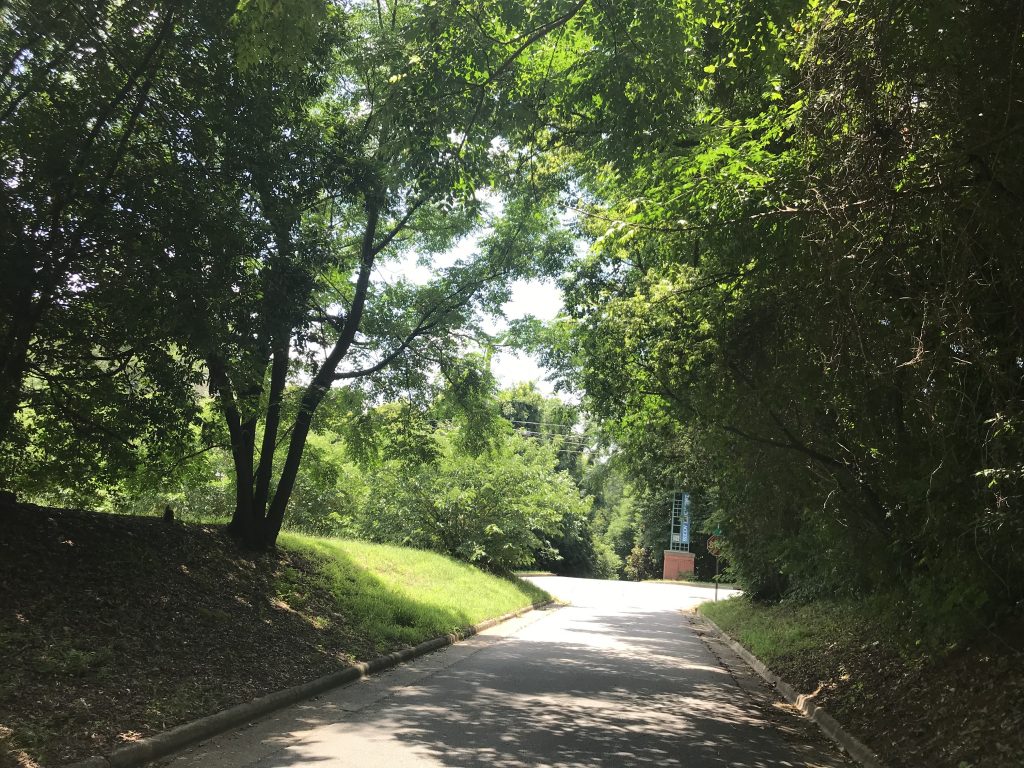
Homeless Resource Network Center, located at 2221 2nd Ave.
in a part of town long associated with the homeless.
This area surrounding the center has long been the nexus of the homeless in Columbus—both in the people and agencies serving them, such as Open Door Community Center, Valley Rescue.
However, the 2nd Ave. corridor has now been spotlighted as a place for considerable urban renewal, with the Mill District zoning, the Riverwalk, etc. Could this result in sweeping people out of the neighborhood?
“You mentioned the idea of being swept under the rug—I think there is some concern there. We’re very visible here on 2nd Ave.
But you have to look on the flipside. One of the things we can do is be an awesome community that works hard to make sure that people who do experience homelessness only experience it for a very short time.
We could be a spotlight for that and let people know that are now coming into this area that, ‘Hey, this is a community that works together across public/private partnerships to effectively fight homelessness.”
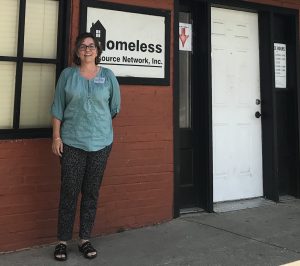
Education: Bachelor’s in Sociology and Anthropology, North Central College, Naperville, Illinois
Family: “I have a lovely husband, a daughter, a son, and 2 bonus sons.”
Your job’s biggest challenge: “Working across many different agencies, sometimes the amount of bureaucracy can be overwhelming. When that process prevents something so simple that can help someone be healthy and be well, it’s super frustrating.”
Your job’s biggest inspiration: “The people are amazing. People that have been through so much and still have a positive attitude.
From time to time, someone says to us, ‘You don’t know this but you saved my life.’ The mother of a woman we helped made it a special point to come by and say, ‘I wanted to tell you that you saved my daughter and this is how her life is now.’
That’s what it’s all about. Most people solve homelessness on their own, without help from a social-services agency. So it’s pretty amazing to have the opportunity to help someone during the hardest time in their life and see their way through to the other side.”
Book currently reading: Evicted: Poverty and Profit in the American City by Matthew Desmond. “Wow. It’s very good.”
